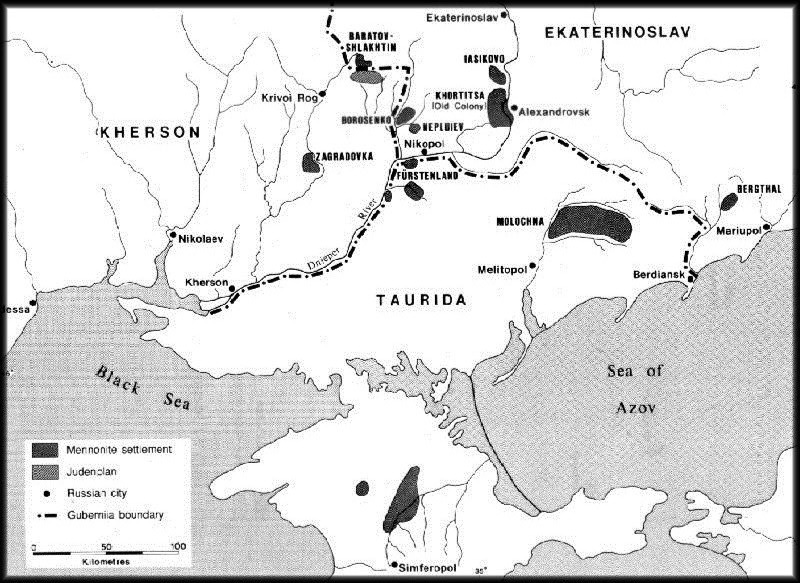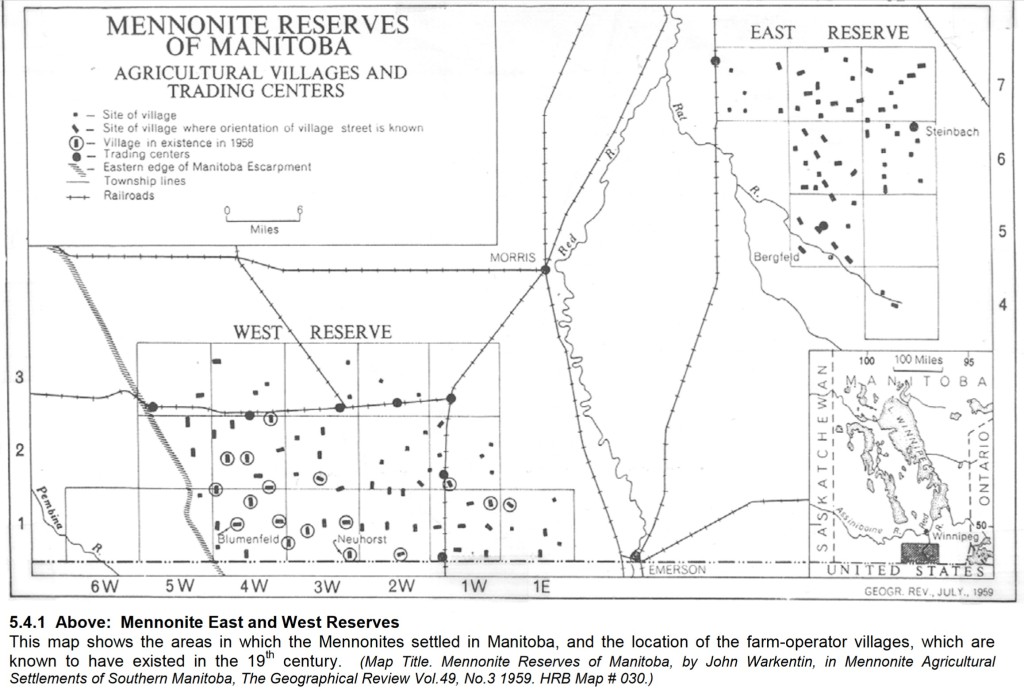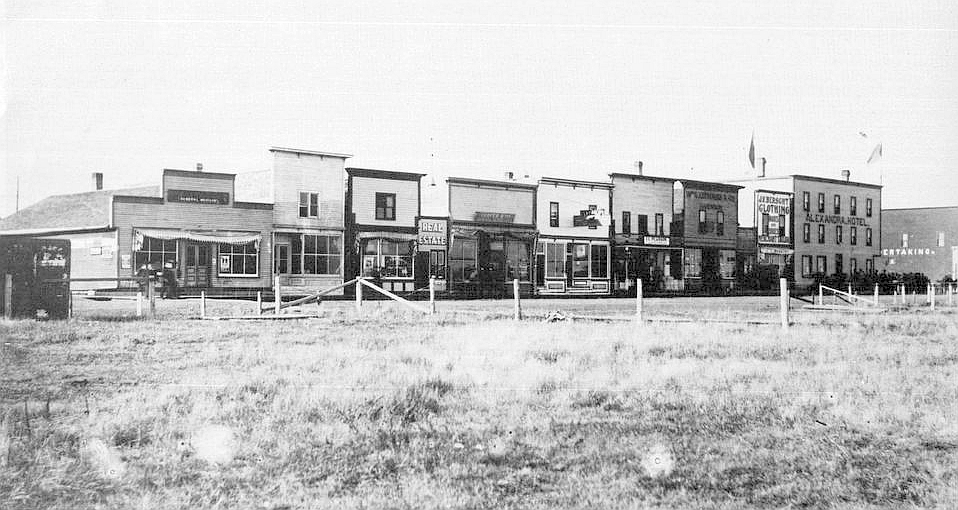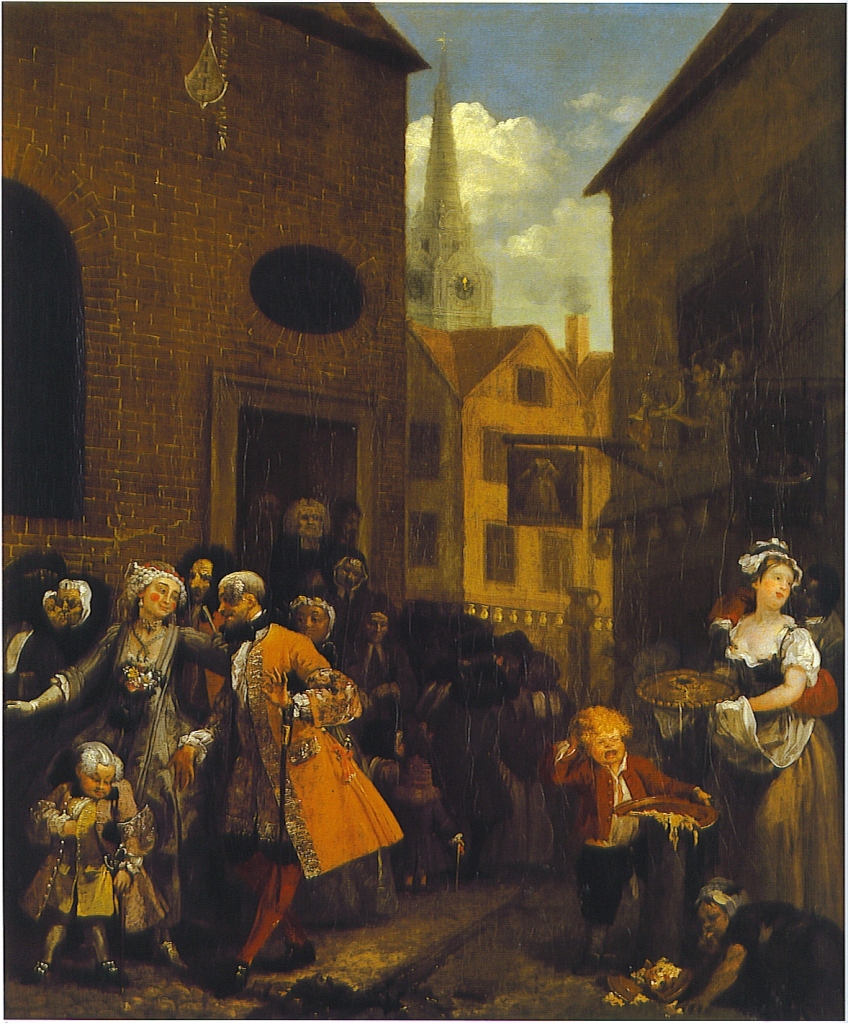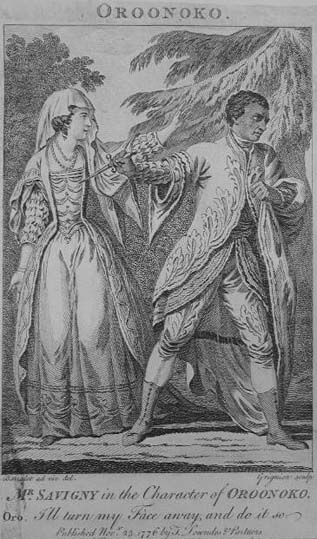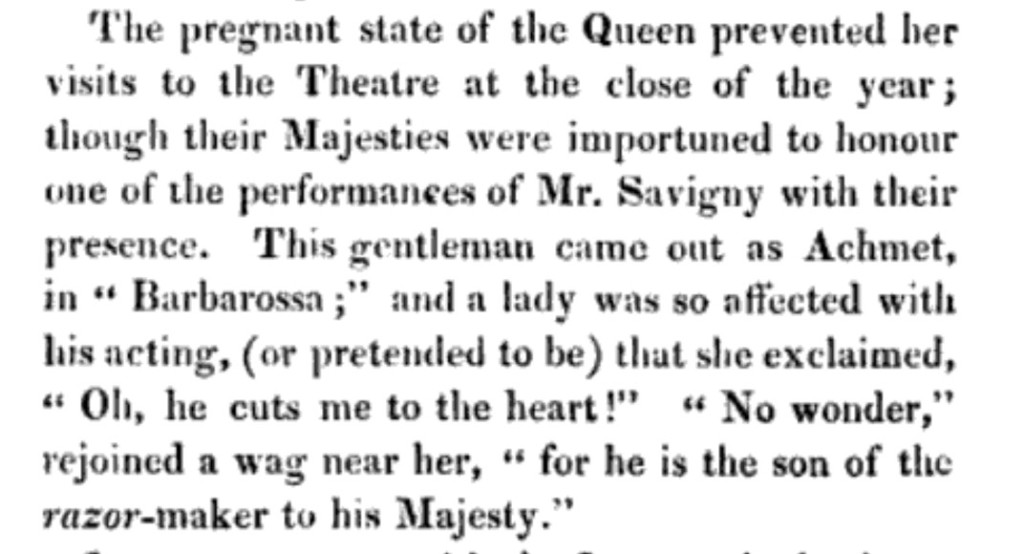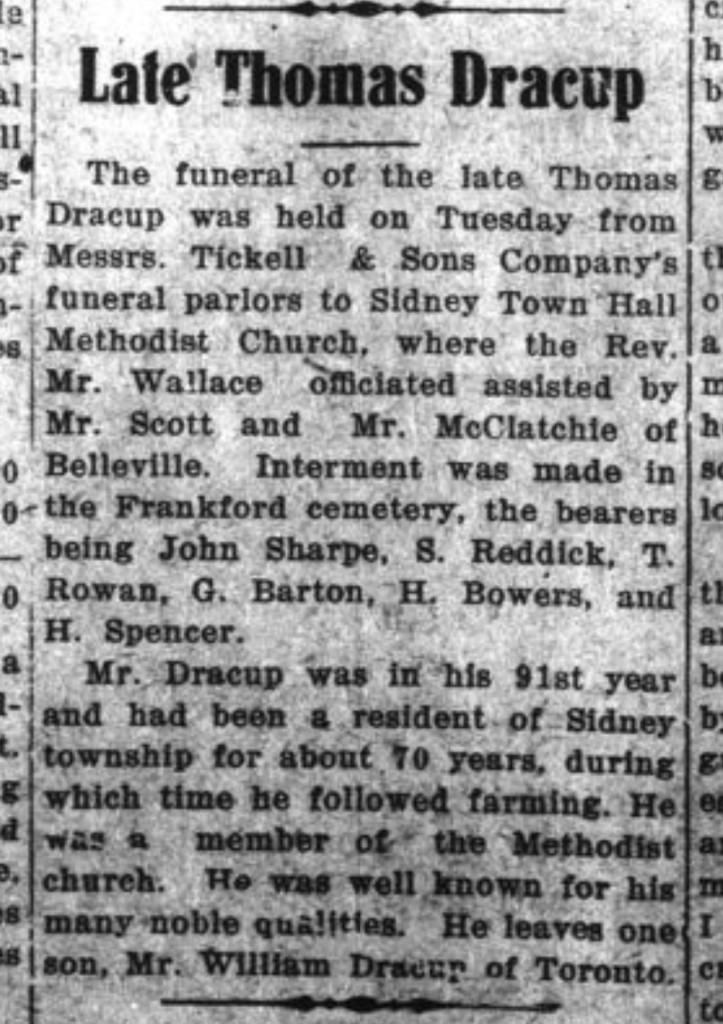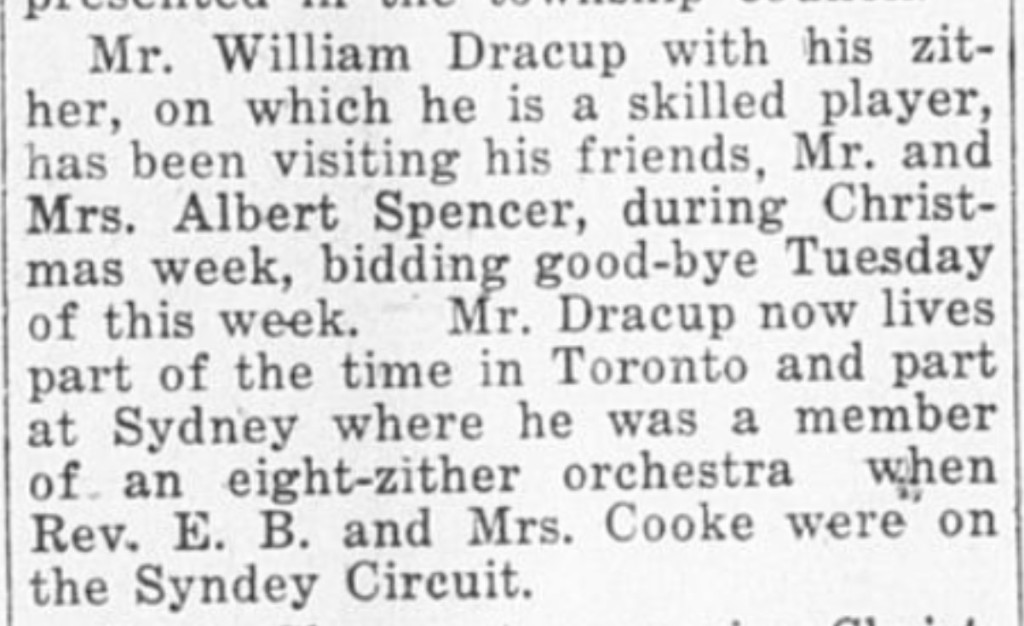Before I get into the meat of this post, I just want to say that I am staring out the window after a heavy rain, the sun is setting behind me, and the pink glow of the setting sun has cast a rose hue over everything. This is much nicer than yesterday when I was so sick from my vaccine booster (expected) that I forgot to feed the cat until late in the day. Or last week when I hit a stumbling block as an indie-writer.
A few weeks ago I set up a pre-order on Amazon for the eBook version of my new novel. This would give me the chance to market to a release date, link to the book, advertise and promote the release, and invite advanced sales. Setting up the pre-order is fairly straight-forward, but comes with a dire warning: you must upload your manuscript to Amazon prior to 72 hours ahead of your release date, or you will lose the privilege of setting up pre-orders for a full year.
I had yet to format my manuscript for e-readers but that wouldn’t be difficult, and I had finalized the eBook cover weeks before as part of my paperback deadline push. I was confident I had this.
The weekend before my deadline I tackled the last of the e-formatting and uploaded both the manuscript and the cover. I had already filled in all the book details, pricing, and key search words when I’d set up the pre-order, so everything was in place. I was now able to preview the manuscript, and the eBook showed up live on the Amazon site with a pre-order link. There was still most of the week to go before the deadline in case any trouble came up in review, but the daily emails prodding me to upload my manuscript stopped. I felt great, confident that the links I’d posted to the book’s page would do the rest while I got ready for my upcoming signing event.
But then the evening before the cancellation deadline I saw another email come in on my phone asking me to upload my manuscript. What? I was at the end of a tiring week and having first-time guests over for cocktails before heading out for the weekend the following morning. Could I deal with this later?
The next day I received an email notifying me that my pre-order was cancelled and that I would be unable to set up any other pre-orders for a year. My heart sank. How could this have happened? There was an email link in the email taking me to a page of help links, and I guessed that the pre-order customer service contact might be correct. I let them know that my manuscript had been uploaded before the deadline, along with the cover, added the files again to my email, asked why the pre-order didn’t acknowledge the presence of the uploads, and hoped they could fix the cancellation. The hardest part was discovering that the link I’d sent to people and posted on social media now went to a dead page.
I stopped promoting my book until I received an answer—what would be the point? Customer service said 24 hours but this had happened at the crest of a long weekend. I finally got a response from customer service a few days later, acknowledging the accidental cancellation of my pre-order, but that they couldn’t re-instate it. They were able to waive the one-year ban for me. Meantime, the eBook version I created on my KDP author bookshelf is blocked permanently and I have had to create a new version from scratch, which I did this evening. I am now waiting for it to go live.
KDP (aka Kindle Direct Publishing) has many pages of resources, including multiple formatting templates, for every step of self-publishing a book. There are as many rules and guidelines to maintain the KDP and Amazon publishing standards and it is easy to miss a step or gloss over a detail. Did the KDP server glitch or did I not hit the right “save and submit” button enough times? I thought I had done everything right and I am lucky KDP has taken some responsibility and done what they are able to do on the customer service end. The lesson here, I think, is to be as methodical and thorough as possible, and review all the steps one more time even if you think you have them down solid. If you get an email telling you to upload the manuscript you already uploaded… do it again, before you make a round of cocktails for your neighbours! Just in case something went wrong the first time.
On a hopeful note, I submitted my ebook (uh, twice now) to the Kindle Storyteller Contest c/o Amazon UK. To be eligible, I had to enroll my book in Kindle Select for the run of the contest, which means Amazon gets to publish the novel exclusively for now. The Kobo, B&N, and Apple releases will have to wait. On the upside, I can give the book another push when that time comes, and in the short run maybe my novel will get a bit of extra exposure through the competition.
Needless to say, I will be shamelessly plugging for votes when the time comes!

